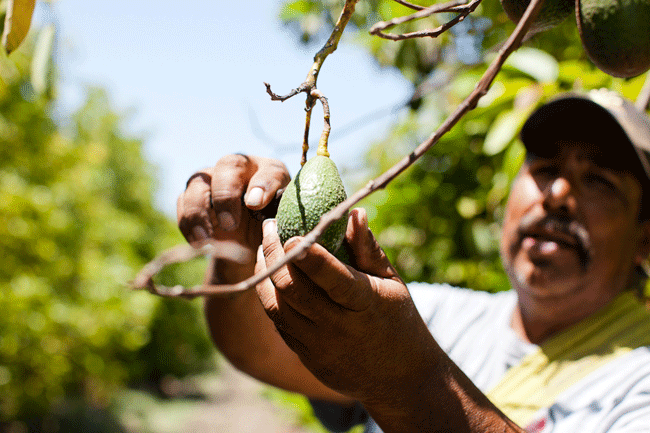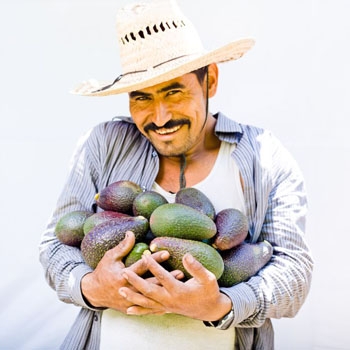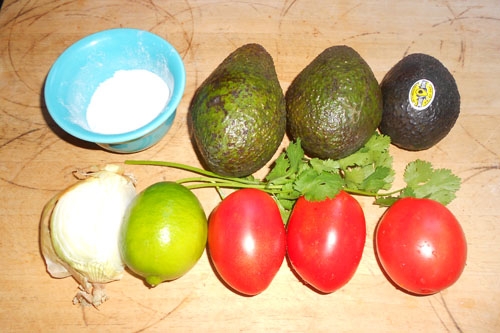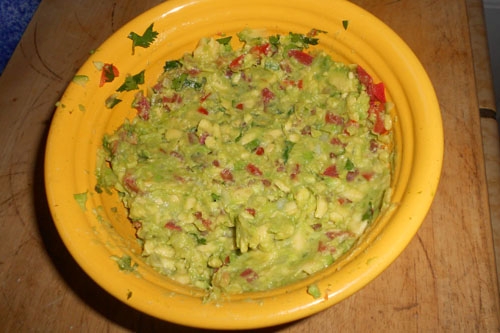Adding variety: avocados and guacamole

I have limited cooking skills, so I’m lucky that my wife is a great cook and an even better baker – lemon bars, anyone?
But there’s one dish she prefers that I prepare: guacamole. I was thinking about this when I was reviewing our recent photo shoot at UC ANR’s South Coast Research and Extension Center in Irvine, which included images of strawberries, citrus and avocados.
“Our whole goal is to make the industry in California more sustainable,” said UC Cooperative Extension specialist Mary Lu Arpaia, in the Department of Botany and Plant Sciences at UC Riverside.
Arpaia leads UC’s efforts to develop new avocado varieties. The dominant variety, Hass, started in 1926 in Southern California and has become so common globally that it could become generic, Arpaia said.
“My belief is the way we’re going to differentiate ourselves as a California industry and survive is by breeding something unique,” Arpaia said.
UC Riverside has developed several avocado varieties, signing a license agreement last year for its latest release, GEM. The great-granddaughter of the Hass avocado, GEM shares Hass’ desired characteristics such as a creamy, nutty flesh while offering growers additional benefits such as being a smaller tree that typically is more productive, Arpaia said.
Arpaia is evaluating more varieties. The next potential release is likely two to three years away, she said.
Meanwhile, Arpaia also is collaborating with the U.S. Department of Agriculture to improve the postharvest quality of avocados – how packing houses and distribution centers should handle the fruit, for how long and at what temperature.
“People definitely like fruit that is creamy, smooth, nutty and buttery. They like fruit that has a pleasant aftertaste,” said Arpaia, who conducts monthly avocado tasting panels at UC Riverside.
Packed with nearly 20 nutrients including potassium, avocados are an appetizing addition to salads and sandwiches. Arpaia likes them sliced, eaten alone, in a salad or on a warm corn tortilla. Some like them sweet in cheesecake or milkshakes. Of course, they’re best known as the base ingredient in guacamole.
I keep my guacamole simple: avocados (three), white onion (one-third), Roma tomatoes (three), lime (one), cilantro and salt. I start by scooping out the avocado pulp, slicing it into medium chunks and putting it in a bowl, mixing in lime juice. Then I dice the onion and tomatoes (seeded) into fine pieces and toss them in the bowl, followed by chopped cilantro. Next, I mash it up with a spoon, sprinkling on some salt and more lime juice. Test it and then serve.
For a spicier version, add garlic, jalapeños or serranos. The possibilities are plentiful. Just make sure you start with ripe avocados. What’s your favorite guacamole recipe?



